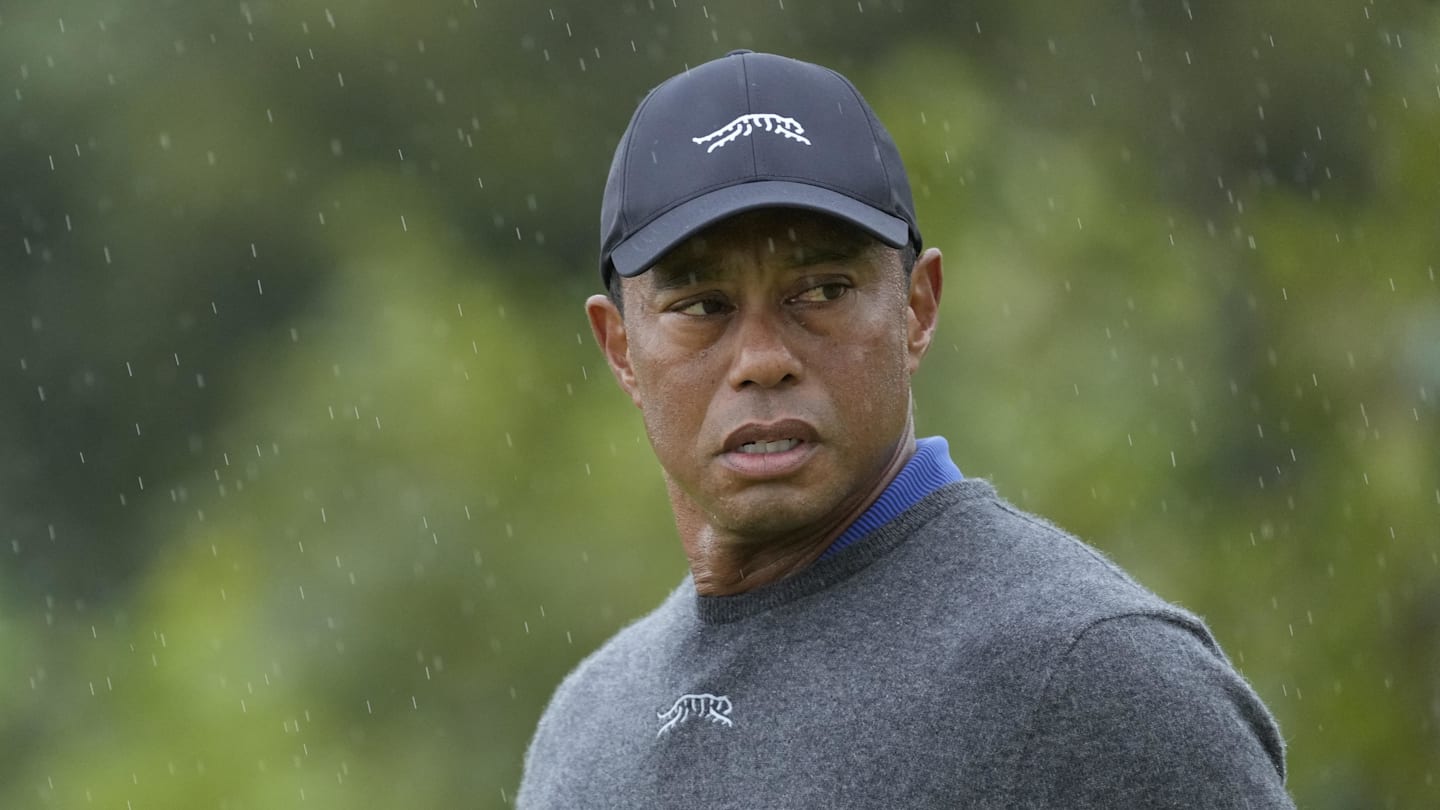IMF’s Gita Gopinath said creating jobs in India requires work in all sectors
New Delhi:
India will need a multi-pronged approach to create jobs instead of targeting only a few areas to add more workers, the International Monetary Fund (IMF) First Deputy Managing Director Gita Gopinath told NDTV today.
She said at least in India, any disruption caused by artificial intelligence (AI) in the jobs sector will have a lower impact as a majority of India’s workforce is in labour-intensive agriculture.
“India has done extremely well in headline growth numbers… It is the fastest-growing major economy in the world. If you look at the last decade, growth has averaged around 6.6 per cent. Certainly India’s growth has been much more capital intensive, but much less in hiring a lot more workers, in creating a lot more jobs,” Ms Gopinath told NDTV.
She gave a small list of to-dos in order to create more jobs in India.
“In the near-term, it is helpful to improve the ease of doing business. We see that in Gujarat and Tamil Nadu. Removing trade restrictions also plays a very important role. Public infrastructure investment is already happening, and more of that will absolutely help,” the key IMF officer said.
“But to make this a medium-long term growth story requires more investment in human capital and scaling up the workforce. You look at India’s workforce in terms of the number of years of education. It is much lower compared to its peers. So investing in raising the skill level of the country is going to be absolutely critical,” Ms Gopinath said.
She said creating jobs has to be a multi-pronged approach. “The numbers are large. It cannot be done by targeting a few areas. It’s going to require broad-based job creation,” she said.
On concerns over AI derailing India’s plans and policies to increase the number of jobs, the Indian-origin IMF officer said only 10 per cent of India’s workforce is at risk of displacement by AI.
“Since a majority of India’s workforce is in labour-intensive agriculture, the impact of AI is going to be lower. We assume 24 per cent (of India’s workforce) is exposed to AI, of which 10 per cent is at risk of displacement. This is a small number. The question is what are we going to see around the world?” Ms Gopinath said.
At the IMF, Mr Gopinath oversees the work of staff, represents the fund at multilateral forums, maintains high-level contacts with member governments and board members, the media, and other institutions, and leads the IMF’s work on surveillance and related policies, and oversees research and flagship publications.
She previously served as the Chief Economist of the IMF from 2019-22. In that role, she was the Economic Counsellor of the IMF and Director of its Research Department.










